Cardboard furniture is trending - meet the designers creating innovative decor with this sustainable material
Cardboard furniture is an eco hero that's more durable than you'd think. We meet the designers innovating with the material to create interesting, design-led pieces
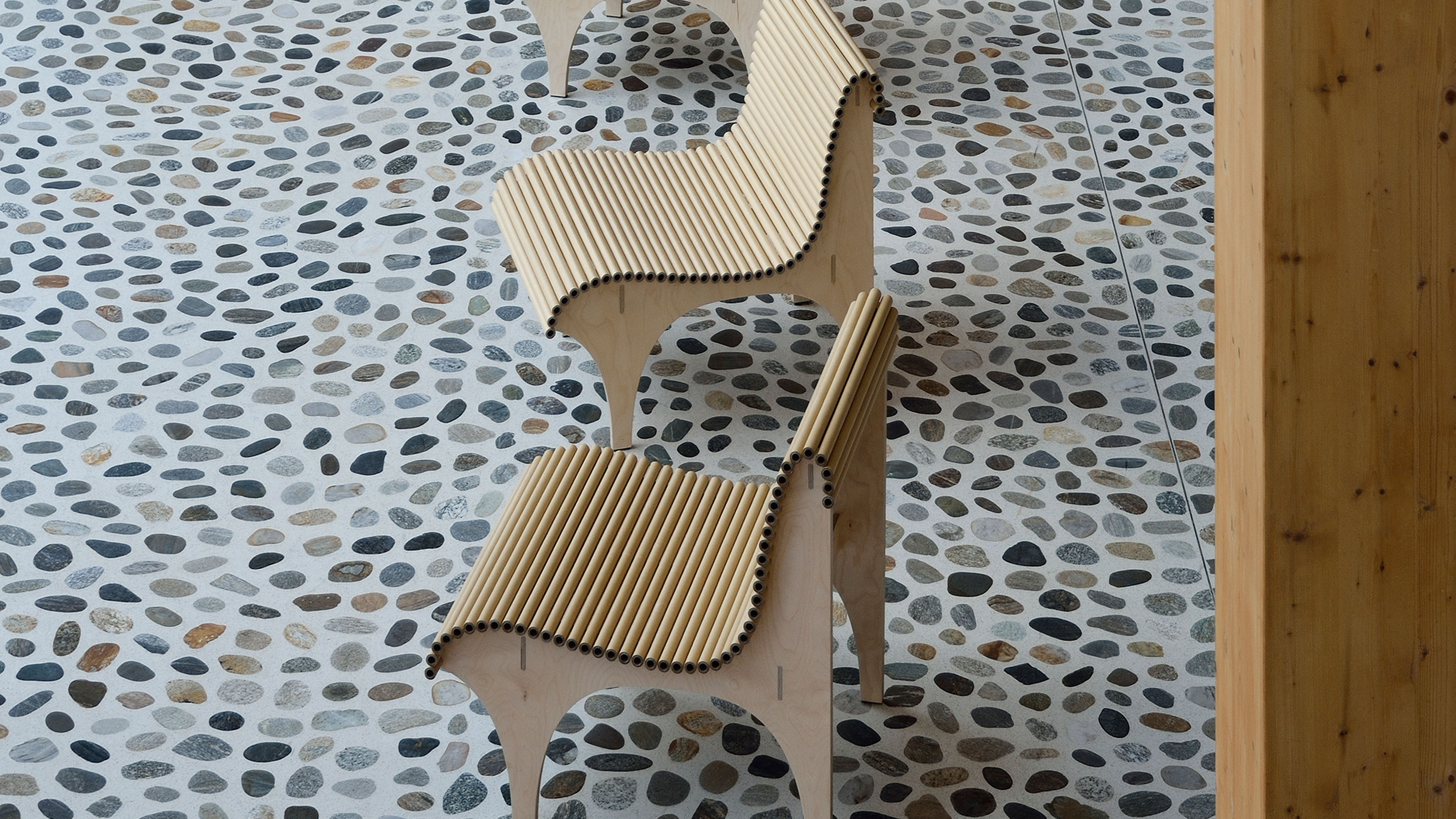

Megan Slack
Cardboard furniture might only exist in the periphery of your interiors interest at the moment - a novelty you might notice when scrolling Instagram, for example. But, it's a material that more designers are exploring the potential of for furniture, lighting and more, especially those aiming to create using materials that are sustainably sourced and can be easily recycled.
These designers are creating furniture that has impeccable credentials for sustainable living, using cardboard from recycled fibers and waste sources, and also reducing the amount of energy required to transform it into useable furniture. Plus, cardboard furniture isn't as flimsy or throwaway as you might imagine. In most cases, it's durable and waterproof, so you won't need to worry about your chair disintegrating if you spill a glass of water on it.
Not sold on the idea of cardboard furniture yet? Well, take a look at what these designers are creating before making up your mind. From mass-produced furniture alternatives to colorful wonders using otherwise unrecyclable cardboard stock, here are three designers and brands proving cardboard has a future in furniture.
A short history of cardboard furniture
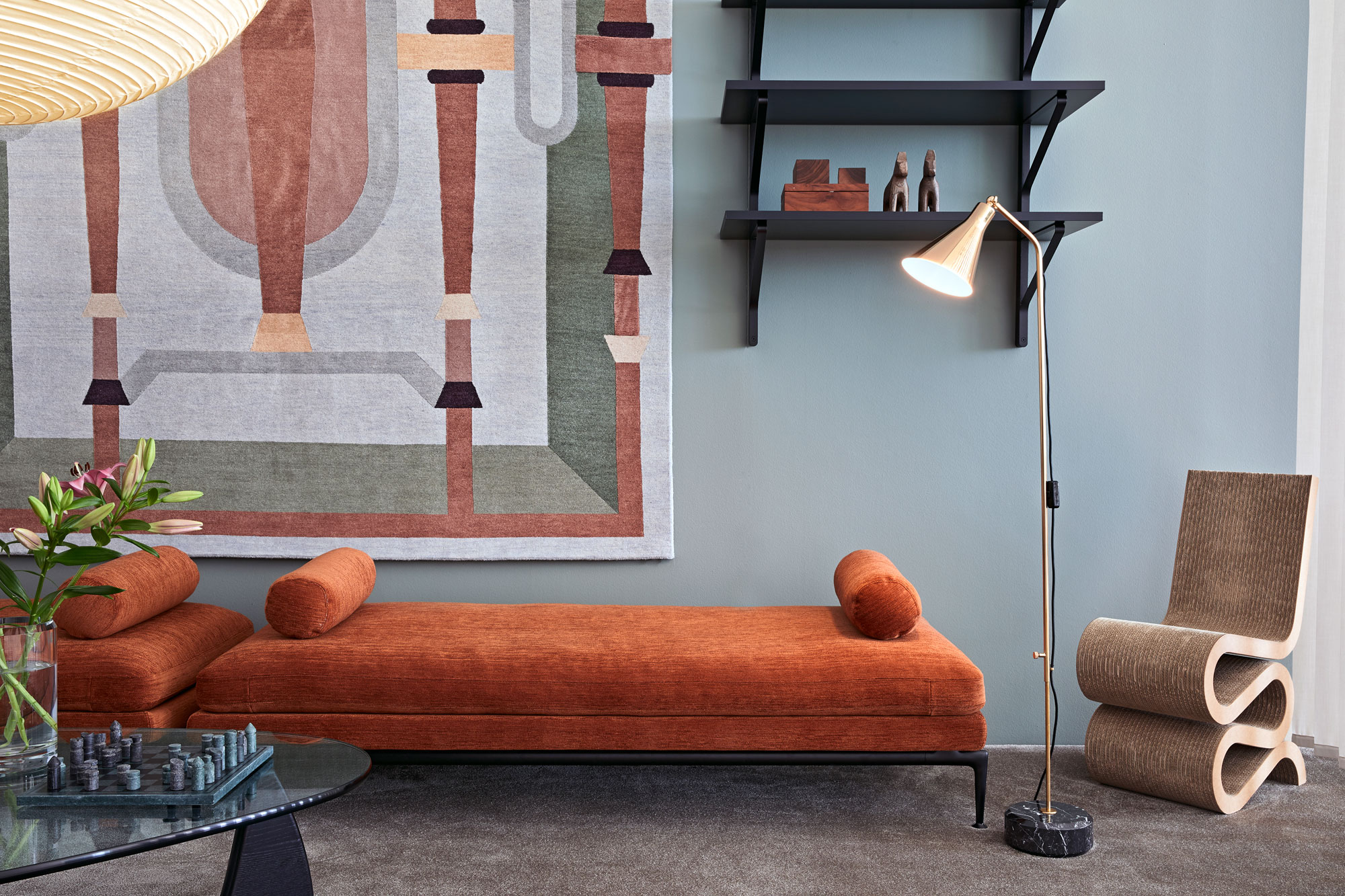
The scope of cardboard as a raw material for the manufacture of furniture isn’t a completely new realm.
In fact, this year marks 50 years since legendary architect and designer Frank Gehry produced the iconic Wiggle Chair with Vitra, made from corrugated cardboard. In spite of the humble nature of the materials, it showcased that with the right touch, in this case an architect’s, cardboard could be elevated and durable.
Cardboard furniture also made waves at the Tokyo 2020 Olympics, when a Japanese mattress brand Airweave created cardboard beds for the Olympic Village, a sustainable option for furnishing the athlete's accommodation.
Cardboard is still a material that's inspiring designers, some half a century after Frank Gehry's exploration of this sustainable source.
Be The First To Know
The Livingetc newsletters are your inside source for what’s shaping interiors now - and what’s next. Discover trend forecasts, smart style ideas, and curated shopping inspiration that brings design to life. Subscribe today and stay ahead of the curve.
Room in a Box
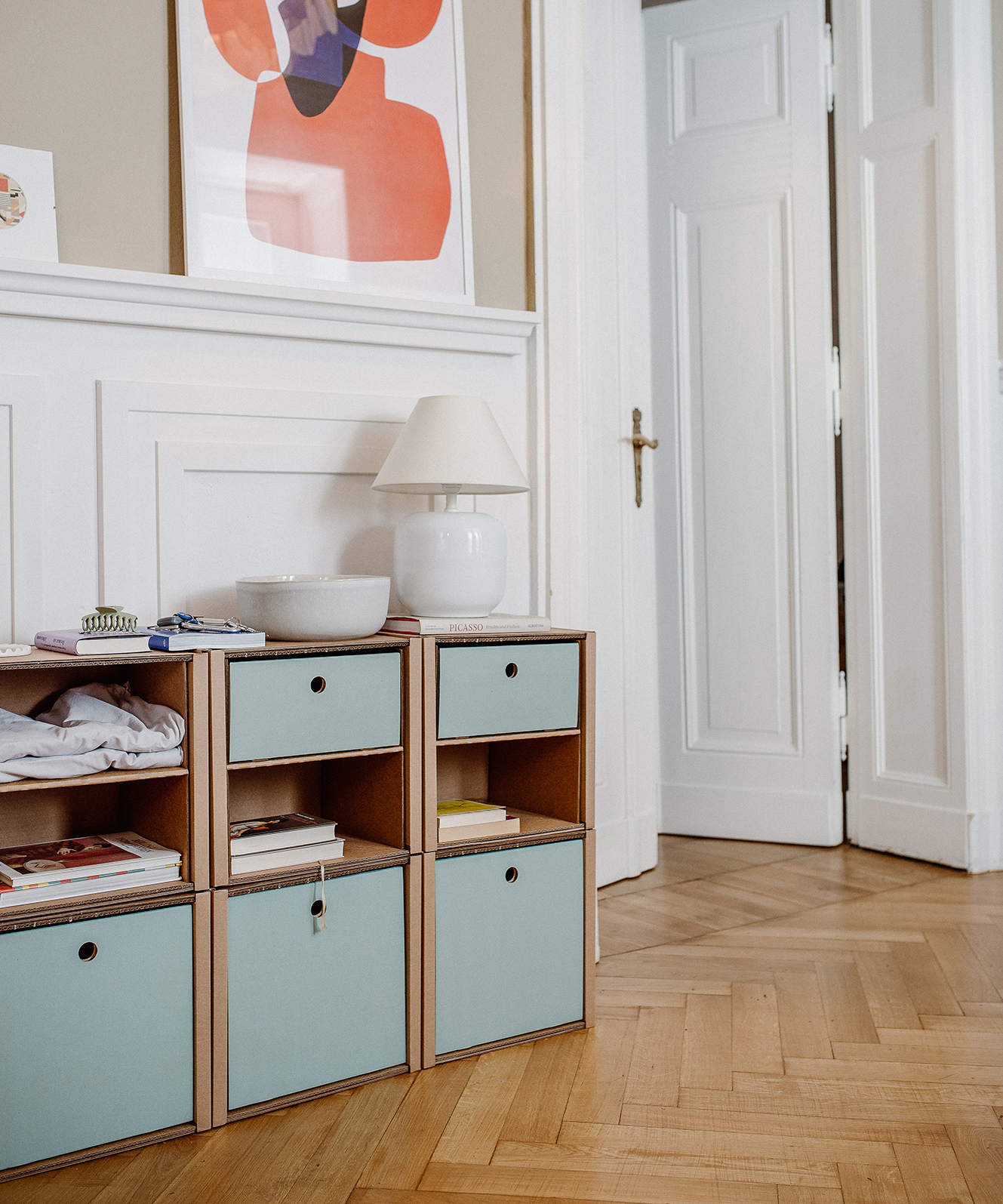
As an inexpensive material, cardboard could have real mass-market appeal, if it can overhaul its image as a flimsy, disposable material - something German cardboard furniture brand ROOM IN A BOX hopes to achieve. 'Although our cardboard furniture can be recycled at the end of its life cycle, it is by no means a throwaway item,' says Gerald Dissen, one of the brand’s founders. 'Each of our pieces of furniture is designed and manufactured as a fully-fledged alternative to a conventional piece of furniture.' With love and care, ROOM IN A BOX estimates its furniture will last as long as 10 years.
When it comes to sustainability, the figures are hard to ignore. One of Room in a Box’s cardboard bed bases, for example, could be as much as 280 times more climate-friendly than a standard bed, using 8,000 times less energy. 'The corrugated cardboard we use is extremely resource-saving as it consists of at least 70% recycled material and only 30% fresh fibers,' Gerald explains. 'The latter come from sustainable forestry and provide the stability needed for furniture construction.; The furniture is finished with vegan glue made from potato, corn or wheat starch and environmentally-friendly water-based paints, making products that subscribe to a cradle to cradle design philosophy.
Shigeru Ban
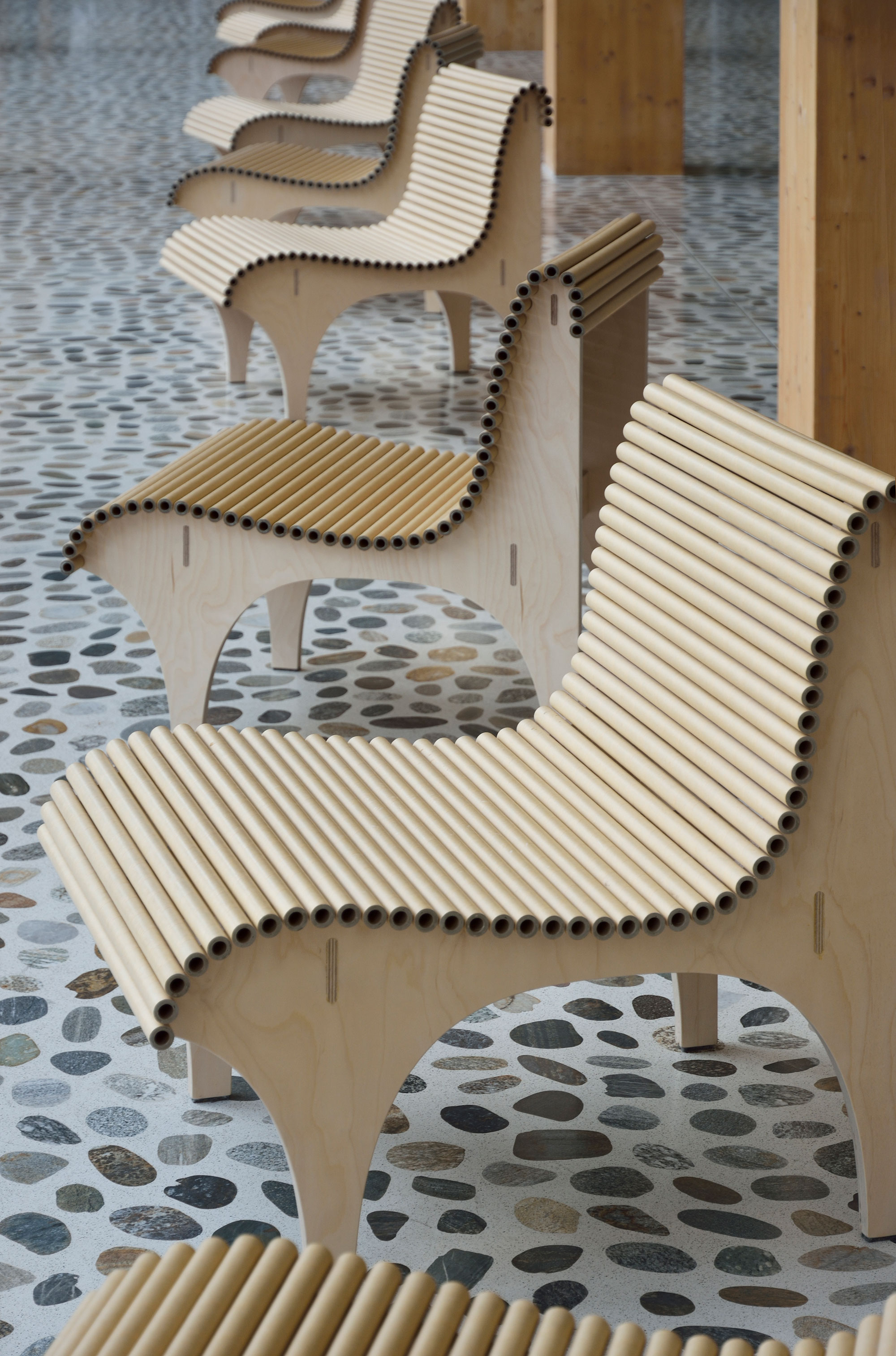
Japanese architect Shigeru Ban is known for his innovative use of materials, especially in using recycled cardboard tubes to create strong, lightweight designs. His projects include spectacular architectural builds, but he’s also known for designs to provide temporary housing for disaster relief, including recently for Ukrainian refugees.
'The Carta collection is made from thin, waterproof and durable cardboard tubes and a simple birch plywood frame,' explains Anna Trubig from Stillfried Wien, a New York-based retailer of Shigeru Ban's furniture. 'Ban first began to use the tubes in the '80s, in exhibitions to make the most out of a low budget and was impressed by the material's load-bearing capacity.'
To ensure the furniture's durability, the cardboard tubes are treated with urethane resin to make them impervious to liquids. This added durability has made these designs popular for not only living room furniture, but also in commercial interior design.
Manufactured in Italy, the designs use a clever technique to fix the tubes to the birch plywood frames of the seats without using metal and with only a few invisible screws. 'The resulting furniture is rather light but sturdy,' says Anna. 'Shigeru Ban wants beauty to be accessible for the masses.'
Dust London
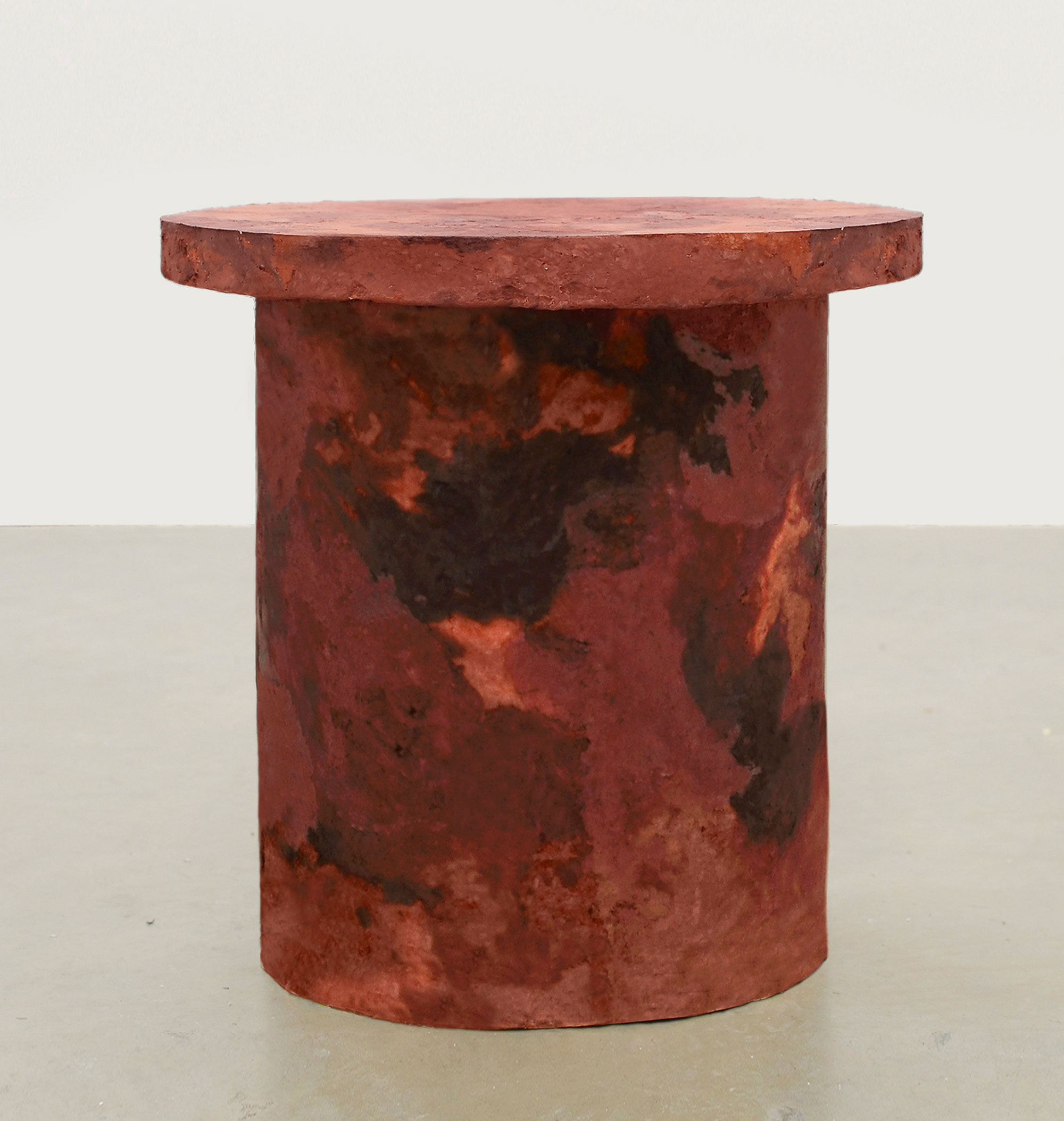
Through their collaborative design studio Dust London, Michael McManus and and Matthew Grant have created a process to make use of contaminated cardboard waste that can’t be recycled in the usual way. 'We wanted to push the cardboard waste material to challenge people’s expectations of material selection in design,' the designers explain. 'Our processes are largely influenced by traditional paper making tools and techniques from the 19th century.' This method sees cardboard torn and soaked, until cellulose fibres start to break down, before being further split and drained until they reach the desired consistency.
'The resulting surface texture of the material emulates the ruggedness of natural rock,' they explain. 'We use a reusable screen print sheet to shape the material and give it a subtle fabric like quality.' The process also allows them to introduce color into the mix, which they do with vibrancy. 'We are drawn by the way that lichen clings onto rock and how acidic hues contrast with the natural greys of a landscape.'
Dust London’s side tables are designed exclusively for Aybar Gallery.
Is cardboard furniture durable?
According to the CEO of cardboard furniture brand Nordwerk, Maximilian Hansen, you don’t need to worry about the longevity of your cardboard pieces, as the idea that they are a fire hazard – or they will fall apart around water – is not true.
‘The reality is, thick rigid paperboard are in the same fire classification as wood. And it can be made flame retardant easily. But the perception is out there,’ Maximilian shares.
He also addresses the idea of sustainability – suggesting that instead of harming the environment, these cardboard pieces are a more ethical choice thanks to their recyclable qualities.
‘Most European cardboard comes from recycled fibers. And the required new fibers are waste from the wood industry. So there are no trees cut down in order to make paper,’ he explains.
He says that once the truth about its strength and sustainability are well-known, the trend will accelerate further. ‘More and more companies using this material in fields of design – as more people care for the environment and climate change,’ he adds in the discussion of the interior design trend.
‘Just like wood cardboard comes in different qualities. Often cheap packaging material is mistaken for high-quality rigid paperboards. The latter is what most designers use when making high-quality designs,’ he says.
Is this the design idea of the future? Only time will tell. We’re willing to invest in this stylish paper either way.

Hugh is Livingetc.com’s editor. With 8 years in the interiors industry under his belt, he has the nose for what people want to know about re-decorating their homes. He prides himself as an expert trend forecaster, visiting design fairs, showrooms and keeping an eye out for emerging designers to hone his eye. He joined Livingetc back in 2022 as a content editor, as a long-time reader of the print magazine, before becoming its online editor. Hugh has previously spent time as an editor for a kitchen and bathroom magazine, and has written for “hands-on” home brands such as Homebuilding & Renovating and Grand Designs magazine, so his knowledge of what it takes to create a home goes beyond the surface, too. Though not a trained interior designer, Hugh has cut his design teeth by managing several major interior design projects to date, each for private clients. He's also a keen DIYer — he's done everything from laying his own patio and building an integrated cooker hood from scratch, to undertaking plenty of creative IKEA hacks to help achieve the luxurious look he loves in design, when his budget doesn't always stretch that far.
- Megan SlackContributor
-
 My 10 Favorite Designs at Milan Design Week 2025 — Out of the Hundreds of Pieces I Saw
My 10 Favorite Designs at Milan Design Week 2025 — Out of the Hundreds of Pieces I SawThere is a new elegance, color, and shape being shown in Milan this week, and these are the pieces that caught my eye
By Pip Rich
-
 Iridescence Is Chrome’s More Playful, Hard-to-Define Cousin — And You're About to See It Everywhere
Iridescence Is Chrome’s More Playful, Hard-to-Define Cousin — And You're About to See It EverywhereThis kinetic finish signals a broader shift toward surfaces that move, shimmer, and surprise. Here's where to find it now
By Julia Demer